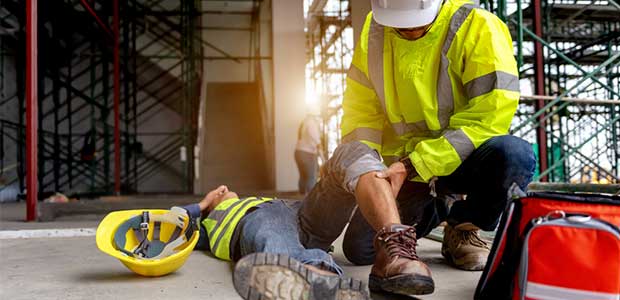
States with the Highest Rates of Severe Injuries in the Workplace
A new analysis shows the top 10 states with the highest rate of severe injuries in the workplace.
Severe injuries on the job are common no matter where you are in the United States, but according to a new analysis, there are some states where employees may have heightened risk to broken bones, amputations, and workplace trauma.
Help Advisor analyzed OSHA’s Severe Injury data and found that the states with the highest rates of serious workplace injuries were North Dakota, Arkansas and Nebraska.
Based on the data, North Dakota led the nation in several categories of severe workplace injuries having the highest rates of bone fractures, amputations, burns and traumatic injuries or disorders. There have been 135 severe workplace injuries for every 100,000 people in North Dakota since 2015, which was 47 percent highest than the state with the next highest rate (Arkansas with 92 severe workplace injuries for every 100,000 people).
A reason for this could be that North Dakota has the highest concentration of transportation and material moving jobs in the U.S., with a concentration of oil well pumpers nearly 30 times the national average.
Here’s the top 10 states with the highest rates of severe workplace injuries (per 100k people):
-
North Dakota (134.8)
- Arkansas (92.0)
- Nebraska (90.7)
- Mississippi (86.5)
- South Dakota (85.6)
- Alabama (83.9)
- Wisconsin (79.3)
- Kansas (78.8)
- Ohio (76.5)
- West Virginia (73.3)
The data used came from the OSHA Serve Injury reports and was accessed on May 10, 2021. The data includes severe workplace injuries from 2015 to 2020. To calculate per capita representation of injury frequency, the population of employed individuals in each state was used from the 2019 U.S. Census.